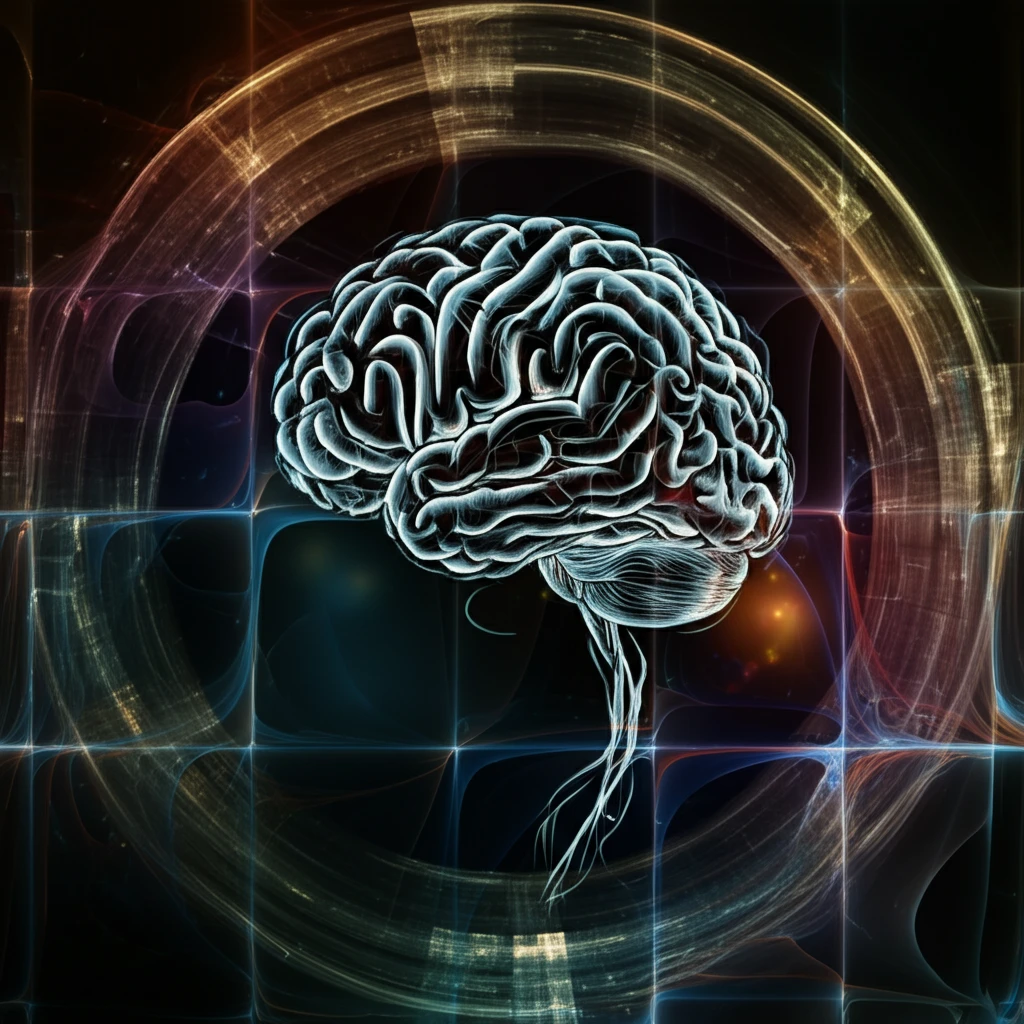
Decoding Decision-Making: How Variational Bayes Explains Our Choices
"Explore how the Variational Bayes framework sheds light on human decision-making, from everyday choices to complex judgments."
Every day, we're faced with a myriad of decisions, big and small. From choosing what to eat for breakfast to making critical business moves, our choices shape our lives. But have you ever stopped to wonder why we make these decisions? What are the underlying processes that drive our preferences and actions?
Traditional models often fall short in capturing the nuances of human decision-making. They assume we're perfectly rational beings, weighing all options with flawless logic. Yet, anyone who's ever made an impulsive purchase or stubbornly stuck to a losing strategy knows that our decisions are often far from rational.
Enter Variational Bayes, a powerful framework that offers a more realistic perspective. By blending statistical inference with cognitive psychology and behavioral economics, Variational Bayes provides a compelling explanation for how we navigate uncertainty, update our beliefs, and ultimately, make choices. It suggests that our brains are constantly trying to strike a balance between what we already believe (our priors) and new information we encounter.
Bayesian Updating: The Foundation of Belief

At the heart of Variational Bayes lies the concept of Bayesian updating. Imagine you have an initial belief about something – let's say, the probability of rain tomorrow. This initial belief is your 'prior.' As you gather new information – the weather forecast, the look of the sky – you adjust your belief. This adjustment process is Bayesian updating.
- Approximating complex probability distributions.
- Transforming the problem into an optimization task.
- Finding the 'closest' distribution to the true posterior.
The Future of Understanding Decision-Making
Variational Bayes offers a compelling framework for understanding the complexities of human decision-making. By acknowledging our cognitive limitations and incorporating the principles of Bayesian inference, this approach provides a more realistic and nuanced perspective than traditional models. As research continues to evolve, Variational Bayes holds the key to unlocking deeper insights into the choices we make and the forces that shape our behavior.
